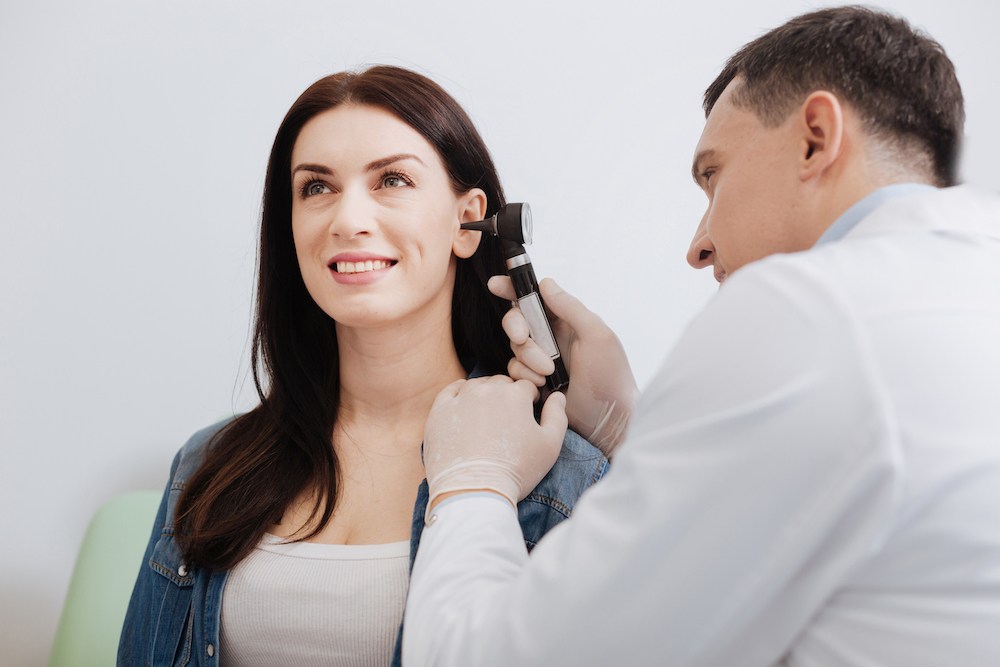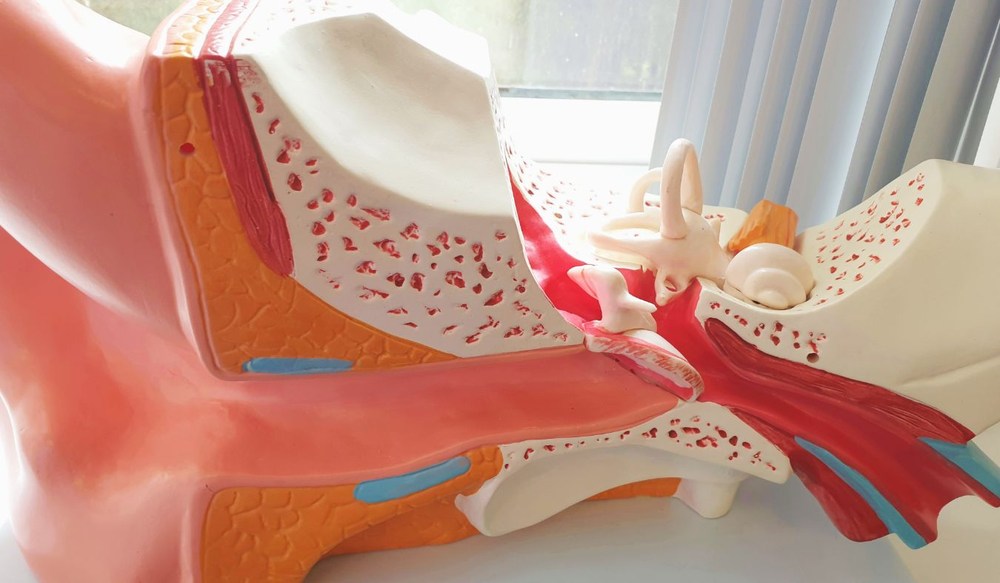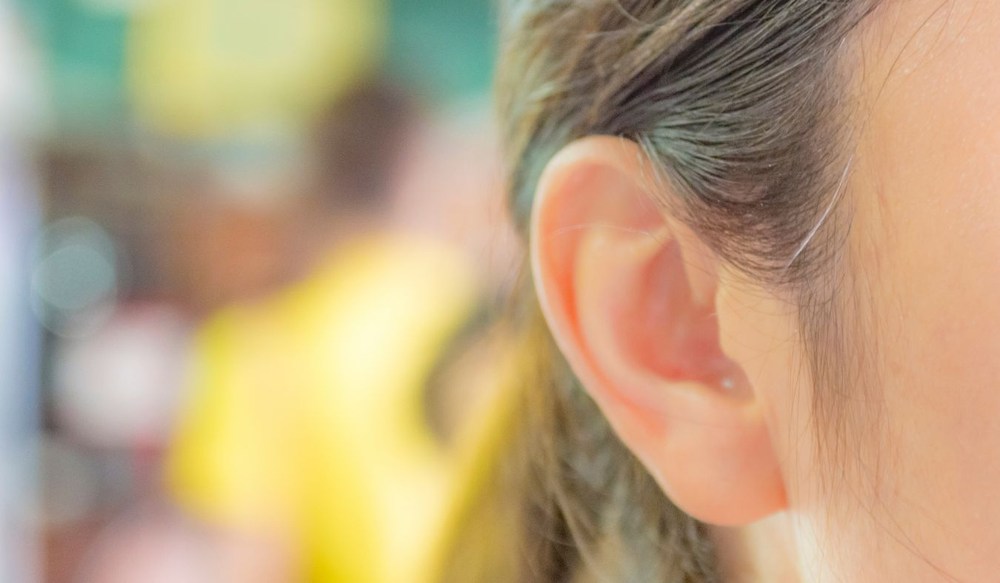Taking Your Hearing Aids on Vacation
Traveling should be exciting and enjoyable, but if you have hearing loss,

By: admin | August 28, 2024
Hearing loss can bring its own set of challenges, influencing your daily life in a variety of ways. But don’t lose heart. Recent studies have started investigating an intriguing connection between yoga and potential relief of hearing loss symptoms. With yoga’s emphasis on deep breathing and mindfulness, it could hold potential benefits for those living with hearing loss.
The study of yoga’s role in managing hearing loss symptoms isn’t about promising a miracle cure. Instead, it suggests another tool for your wellness toolbox. The focus is on how specific yoga practices could support better ear health, improve balance, and lessen the stress often linked with hearing difficulties.
Let’s pause for a moment to think about the daily effects of hearing loss. It’s no secret that hearing loss can significantly change your daily routines. Having difficulty following conversations or missing out on your favorite sounds can be a tough adjustment.
Beyond impacting communication, hearing loss can also affect your emotional wellbeing. Feelings of frustration or isolation are not uncommon as you might find it more challenging to engage with others or enjoy social activities as you once did.
But it’s crucial to know Audiologists are dedicated individuals who can provide guidance and hearing loss solutions tailored to your specific needs. Recognizing the challenges is the first step towards finding effective strategies for living with hearing loss.
This complex mechanism, often overlooked, plays a critical role in how we interact with our surroundings. Understanding its function can offer valuable insight into how and why hearing loss happens. The process begins when sound waves, which are vibrations in the air, are captured by the outer part of your ear, known as the pinna. The pinna’s shape helps funnel these sound waves into the ear canal, guiding them toward the middle ear. As the sound waves travel down the ear canal, they reach the eardrum, causing it to vibrate. These vibrations are then transmitted to three tiny bones in the middle ear – the malleus, incus, and stapes – which amplify the sound and pass it on to the inner ear.
In the inner ear, the vibrations enter the cochlea, a spiral-shaped, fluid-filled structure. Inside the cochlea are thousands of tiny hair cells that play a crucial role in hearing. As the vibrations move through the cochlear fluid, they cause the hair cells to bend. This bending action converts the mechanical energy of the sound waves into electrical signals. Each hair cell is sensitive to different frequencies, enabling the auditory system to distinguish between various pitches.
Once these electrical signals are generated, they are transmitted via the auditory nerve to the brainstem and then to the auditory cortex in the brain. The auditory cortex processes the signals, allowing you to perceive and interpret the sounds, such as recognizing speech, identifying music, and understanding environmental noises. The brain not only interprets these sounds but also integrates them with other sensory information and memories, helping you make sense of what you’re hearing in a meaningful context.
Now, let’s take a closer look at the practice of yoga and its basic essence. Yoga, a practice that has been around for centuries, is widely recognized for promoting physical strength, flexibility, and inner peace.
At its heart, yoga is more than just a series of poses. It emphasizes mindfulness, deep breathing techniques, and an enhanced connection between body and mind. These elements combined can potentially offer beneficial tools for those living with hearing loss. Yoga’s focus on relaxation and stress reduction may be particularly helpful in managing the emotional challenges often linked with hearing difficulties.
Yoga is known for enhancing physical strength and flexibility, but its benefits go far beyond these aspects. Regular yoga practice can also help improve balance and coordination, essential for those living with hearing loss who may experience related balance issues.
The stress-reducing properties of yoga are significant. Chronic stress is often linked to various health problems including worsening of hearing loss symptoms. By incorporating mindfulness and deep breathing techniques, yoga can help you manage stress more effectively. However, like any other wellness tool, yoga also has its limitations. It’s not a magic cure-all and may not work for everyone in the same way. Some people might find certain poses challenging or uncomfortable due to physical constraints. Always listen to your body and consult with a professional before starting any new fitness regimen.
Yoga’s focus on deep breathing and balance can have a positive effect on your overall health, including your ears. Deep breathing increases oxygen supply to all parts of your body, which may improve ear health. Balance poses can also help with issues related to dizziness or vertigo often experienced by those with hearing loss. As you continue learning about these potential benefits, consider incorporating some simple yoga practices into your daily routine for a more holistic approach to managing your hearing loss.
Now, let’s consider specific yoga poses that may contribute to better ear health. The following poses are chosen with an emphasis on promoting circulation, balance, and relaxation – all elements that could potentially support your hearing wellness.
The first pose to consider is the Tree Pose (Vrikshasana). This posture helps improve balance and stability in the legs, which can be beneficial for those experiencing balance issues related to hearing loss. Additionally, it promotes tranquility and patience as you focus on maintaining your balance.
Another pose worth trying is the Lotus Pose (Padmasana). Known for calming the mind and fostering physical stability, this pose encourages deep breathing – a practice that increases oxygen supply to all parts of your body, including your ears. Approach these poses with care and consult with an audiologist if you have any concerns. Incorporating these simple practices into your daily routine may provide an additional tool in managing your hearing loss effectively.
Breathing deeply in yoga, much like the steady rhythm of a heartbeat, plays a vital role in maintaining overall health, including that of your ears. This practice of controlled breathing is not just about filling and emptying your lungs but also about nourishing every cell in your body with fresh oxygen.
Think of deep breathing as a gentle breeze that sweeps through your body, carrying vital oxygen to all parts. This oxygen can help to maintain healthy cells and tissues, including those in your ears. The practice of deep breathing also helps reduce stress levels which can indirectly benefit ear health by creating a more balanced internal environment.
Building on the previous points, let’s now consider how regular yoga practices can aid in improving balance. It’s common for those with hearing loss to experience balance issues. Yoga, with its focus on stability and coordination, can be a valuable tool in managing these challenges.
In addition to physical balance, yoga also promotes emotional balance by reducing stress levels. A calmer mind leads to a more balanced body, which can indirectly contribute towards better management of hearing loss symptoms. So why not give yoga a try? It could be an enjoyable way of supporting your overall wellbeing while living with hearing loss.
Just as a calm sea allows for smoother sailing, reducing stress can make living with hearing loss more manageable. Stress is like a stormy sea that can worsen hearing loss symptoms, making it harder to cope. But there are ways to turn those stormy seas into calm waters.
Mindfulness and stress reduction techniques can be powerful tools in your wellness toolkit. By practicing mindfulness and reducing stress, you might find it easier to manage your symptoms and improve your overall wellbeing.
Incorporating yoga into your daily routine can be a simple yet transformative way to improve your physical and mental well-being. Start by setting aside a specific time each day for your practice, whether it’s in the morning to energize your day or in the evening to unwind. Even just 10-15 minutes of yoga can make a difference. Begin with basic poses that align with your current fitness level, such as downward dog, child’s pose, or gentle stretches. As you become more comfortable, you can gradually increase the duration and intensity of your sessions. The key is consistency; making yoga a regular part of your routine will help you build strength, flexibility, and mindfulness over time.
To integrate yoga seamlessly into your day, consider tying it to an existing habit. For example, you could practice a few poses right after waking up, during a lunch break, or before bedtime. If you find it challenging to dedicate a long block of time, break it up into smaller sessions throughout the day. You can also enhance your practice by creating a calming environment – set up a designated space in your home with a yoga mat, soothing music, or candles to make your practice more inviting. By approaching yoga as a flexible and enjoyable part of your routine, you’ll be more likely to stick with it and reap the long-term benefits.
Creating a personalized yoga routine involves selecting poses and practices that resonate with your needs and comfort level, fine-tuning them over time for optimal results. It’s not about following a rigid set of rules but rather about adapting yoga’s benefits to support your unique journey with hearing loss. It’s always advisable to consult with a professional before making any significant changes to your wellness regimen.
Practicing yoga safely can help you reap its benefits without risking injury or discomfort. When practicing yoga with hearing loss, there are a few important precautions to keep in mind. First, inform your instructor about your hearing loss so they can ensure you’re not missing any critical instructions. Second, always listen to your body and don’t push yourself into poses that feel uncomfortable or cause pain. By understanding these safety measures, you can enjoy the advantages of yoga while also taking care of your overall health and wellbeing.
The exciting prospect of personalizing your yoga practice for better hearing health is akin to tuning a radio to your favorite station; you adjust the frequency until the signal is clear and enjoyable.
The exploration of yoga as a potential tool to alleviate hearing loss symptoms has opened up new possibilities for managing this health issue. Yoga, with its focus on deep breathing, balance, and stress reduction can provide a holistic approach to supporting your overall wellbeing while living with hearing loss.
However, it’s important to remember that every individual’s experience with hearing loss is unique. Therefore, the effectiveness of yoga or any other wellness tool can vary from person to person. It’s always recommended to consult with your trusted audiologist before incorporating new practices into your routine.
At Arkansas Professional Hearing Care, we’re committed to helping you manage the challenges of hearing loss effectively. Our dedicated team of professionals are ready and eager to guide you in finding personalized solutions tailored specifically for you. Contact our Little Rock or Bryant locations at (501) 588-0177, and our Hot Springs location at (501) 760-0565.
We encourage you to reach out if you have any questions or concerns about managing your hearing loss symptoms or if you’re interested in learning more about the potential benefits of yoga for ear health. Taking action is an integral part of managing this journey successfully and we are here every step of the way.

Traveling should be exciting and enjoyable, but if you have hearing loss,
By: admin | October 20, 2025

Being outdoors with hearing aids feels different than wearing them inside.
By: admin | July 29, 2025

Whether you’re answering phone calls, attending meetings or
By: admin | June 20, 2025
